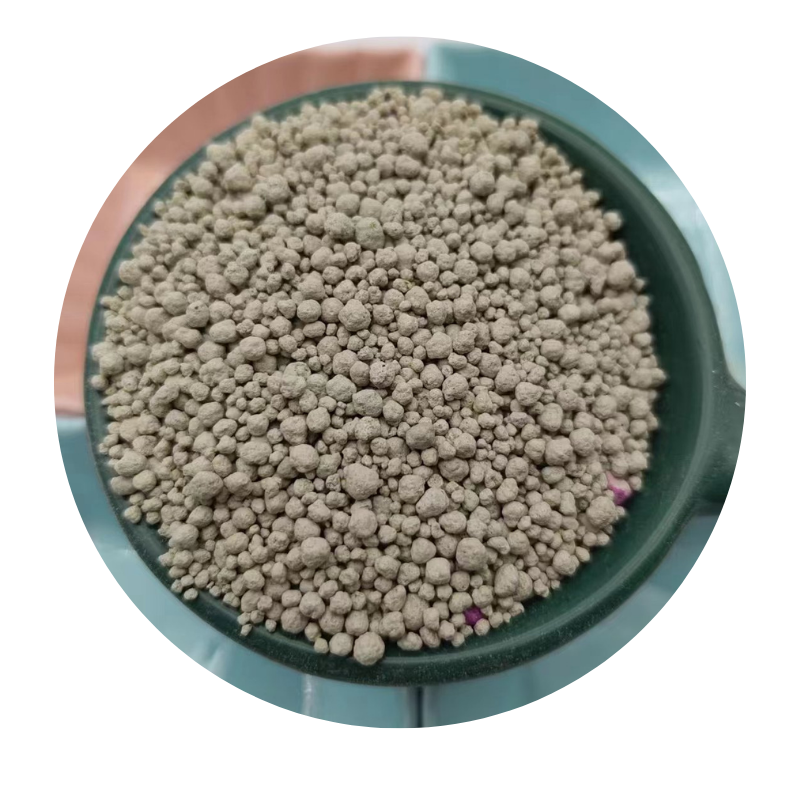
Safety Data Sheet for Powdered Calcium Carbonate and Its Handling Guidelines
Understanding the Safety and Handling of Calcium Carbonate Powder An Overview of MSDS
Calcium carbonate (CaCO3) is a widely used substance in various industries, including construction, agriculture, pharmaceuticals, and food production. It is a white, odorless powder that is essential for many applications due to its properties as a filler, a coagulant, and a neutralizing agent. As with any chemical substance, understanding its safety, handling, and emergency measures is crucial, which is where the Material Safety Data Sheet (MSDS) comes into play.
What is an MSDS?
An MSDS, now often referred to as a Safety Data Sheet (SDS), is a document that provides vital information about a chemical substance. It details the physical and chemical properties, health hazards, safe handling practices, exposure limits, and emergency procedures related to the substance. For calcium carbonate powder, the MSDS serves as a critical resource for manufacturers, users, and emergency responders alike.
Composition and Properties
Calcium carbonate is a naturally occurring mineral found in limestone, marble, and chalk. Its chemical formula is CaCO3, and it has a molar mass of approximately 100.09 g/mol. The powder typically appears as a white solid and is insoluble in water but reacts with acids, releasing carbon dioxide gas. Depending on its specific form, it can be categorized into three types calcite, aragonite, and vaterite, each having different uses and properties.
Health Hazards and Precautions
While calcium carbonate is generally considered safe for use, particularly in food and pharmaceutical applications, certain precautions must be taken to minimize risks. The MSDS outlines potential health hazards associated with exposure. Inhalation of calcium carbonate dust can cause respiratory tract irritation, while ingestion in large quantities may lead to gastrointestinal discomfort. Skin contact is usually not harmful, but may cause irritation in sensitive individuals.
To ensure safety, users should wear appropriate personal protective equipment (PPE), including gloves, safety goggles, and dust masks, especially in environments with high dust concentration. Workspaces should be well-ventilated to minimize airborne dust and maintain air quality.
msds caco3 powder

Emergency Measures
In the event of an accidental spill or exposure, the MSDS provides detailed emergency procedures. For minor spills, it is recommended to carefully sweep up the material and dispose of it in accordance with local regulations. In case of significant spills, it may be necessary to contain the spill and use appropriate absorbent materials to clean it up.
For health emergencies, such as inhalation or ingestion, the MSDS advises immediate medical attention. If someone breathes in large amounts of dust, they should be moved to fresh air, and if symptoms persist, seek medical assistance. If ingested, water or milk should be administered to dilute the substance, but vomiting should not be induced unless directed by a medical professional.
Storage and Disposal
Proper storage of calcium carbonate powder is essential for maintaining its effectiveness and ensuring safety. The substance should be stored in a cool, dry place, away from incompatible materials, such as strong acids. Containers should be clearly labeled and kept tightly sealed when not in use.
Disposal of calcium carbonate must comply with local environmental regulations, and it can typically be disposed of as regular waste. However, the MSDS should always be consulted for specific disposal instructions based on the quantity and form of the material.
Conclusion
Understanding the MSDS for calcium carbonate powder is essential for anyone involved in its use or handling. It provides critical information on safety, health risks, and emergency responses that help ensure a safe working environment. By following the guidelines outlined in the MSDS, workers can minimize exposure risks and handle this versatile material responsibly, contributing to both personal safety and environmental protection.
Share
-
Premium Talcum Powder Enhanced with GPT-4 Turbo | Soft & Long-LastingNewsAug.02,2025
-
Fly Ash Solutions Enhanced by GPT-4 Turbo | Sustainable InnovationNewsAug.01,2025
-
Natural Premium Bentonite Cat Litter - Superior ClumpingNewsJul.31,2025
-
Premium Resin Coated Sand - High Heat Resistance CastingNewsJul.31,2025
-
High Quality Silicon Carbide Grit for Abrasive ApplicationsNewsJul.30,2025
-
High-Quality Ceramsite for Plants & Gardening | Lightweight PebblesNewsJul.29,2025






